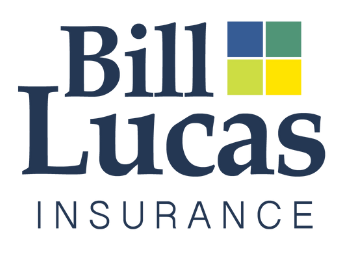Short-Term & Long-Term Disability Insurance for Your Workforce
Your employees rely on their income—but an illness or injury can change everything. Offering short-term and long-term disability insurance helps your team feel secure while protecting your business from productivity gaps. We help employers across Alabama, Florida, Georgia, Illinois, Missouri, Nevada, North Carolina, South Carolina, Tennessee & Virginia design coverage that fits your budget and your team.

What Does Disability Insurance Cover?
Disability insurance provides a
percentage of income to employees who are unable to work due to:
- Basic group term life – Flat amount (e.g., $25K–$50K) or 1–2x salary
- Optional voluntary life – Employees can buy extra coverage for themselves or dependents
- Guaranteed issue amounts – No medical exams up to certain limits
These plans are affordable and easy to administer—and they make a big impact on retention and morale.
Short-Term vs. Long-Term Disability Plans
| Plan Type | Benefit Duration | Typical Use Case |
|---|---|---|
| Short-Term | 9–26 weeks | Injury recovery, maternity leave, surgery |
| Long-Term | 2 years – retirement age | Serious illness, major injury, permanent disability |
We’ll help you choose the right elimination period (waiting time before benefits begin) and benefit amount (usually 50%–70% of weekly or monthly pay).
Why Employers Offer Disability Coverage
- Shows commitment to employee well-being
- Reduces financial stress during medical leave
- Helps retain and attract top talent
- Minimizes unplanned turnover and absenteeism
- Often less expensive than health insurance
Whether you’re running a warehouse in Memphis, a restaurant in Charleston, or a dental office in Peoria, this benefit offers meaningful protection with a modest investment.


Customize Coverage for Your Business
We offer flexible plan structures:
- Employer-paid or voluntary employee-paid options
- Add-on benefits like
partial disability or
mental health coverage
- Integrated support for return-to-work programs
- Coordination with workers’ comp or state programs where available
We’ll help you understand what your state allows and what makes sense for your team size and industry.
Built for Businesses Like Yours
From small family-run operations to growing franchises, we’ve helped businesses across Georgia, Florida, North Carolina, and beyond provide real disability protection without overcomplicating HR.
We also help pair these plans with life insurance, dental, and group health to build affordable benefit packages.
Ready to Protect Your Team’s Income?
Adding disability coverage gives your employees peace of mind—and strengthens your company culture. Let’s find a solution that supports your team and your bottom line.
FAQ – Short-Term & Long-Term Disability Plans
-
Do I have to pay for employee disability insurance?
Yes. While your landlord’s policy likely covers the building itself, it won’t protect your belongings or liability. Renters insurance ensures you’re covered if your stuff is damaged, stolen, or if someone gets hurt in your unit.
-
Are disability benefits taxable?
That depends on the value of your home, your belongings, and your level of risk. We’ll help you calculate replacement costs and liability needs to ensure you’re fully protected without overpaying.
-
Can I offer one type and not the other?
Yes. Some companies only offer short-term or only long-term—others offer both. We’ll guide you based on your industry and workforce.
-
Is this required by law?
Most states don’t require employers to offer it (exceptions apply). But it’s often one of the most appreciated benefits.
-
Can this coordinate with workers’ comp?
Yes. These policies are designed to work alongside workers’ comp and fill gaps for off-the-job injuries or longer-term illnesses.

